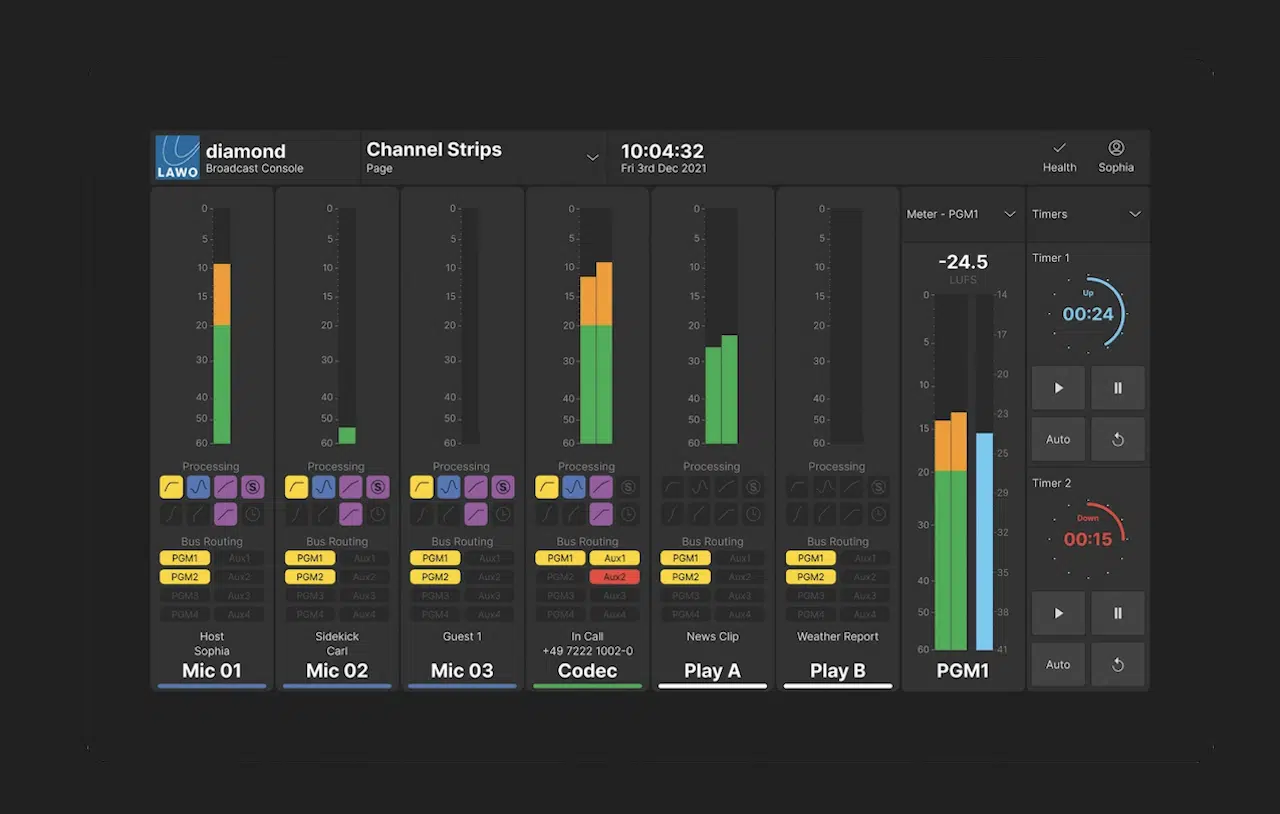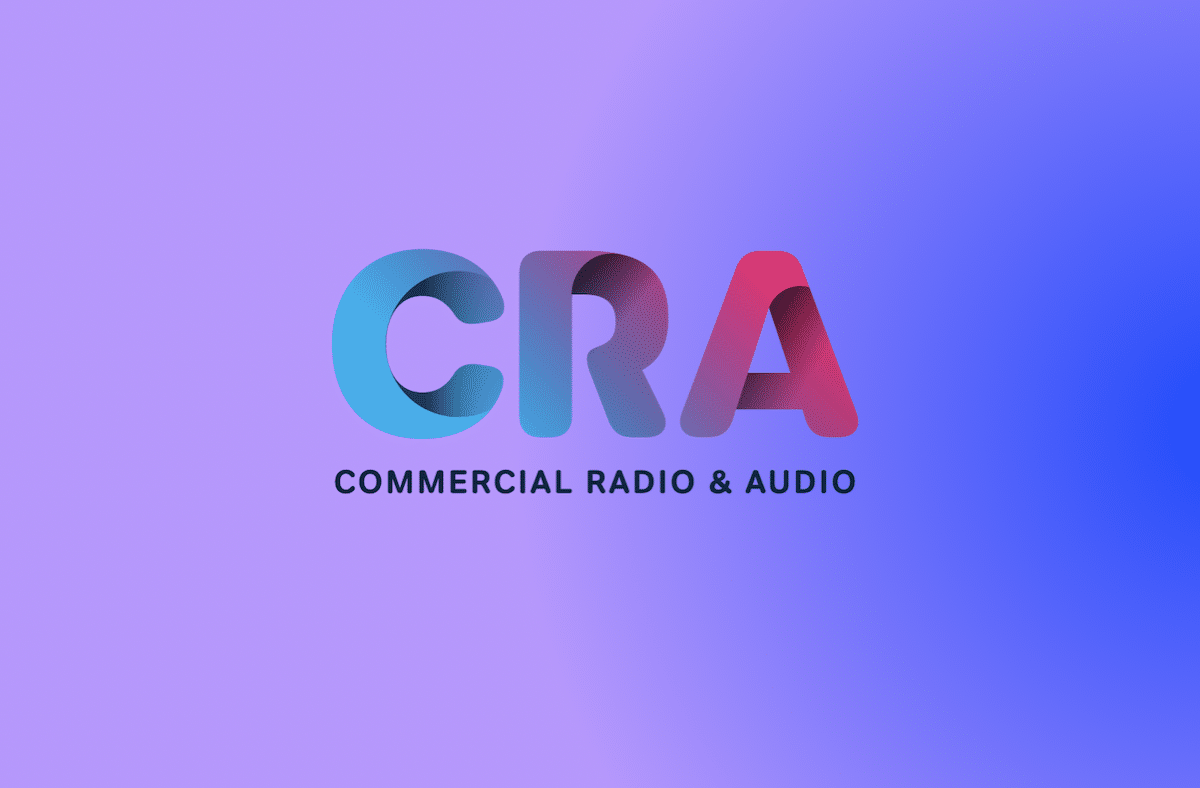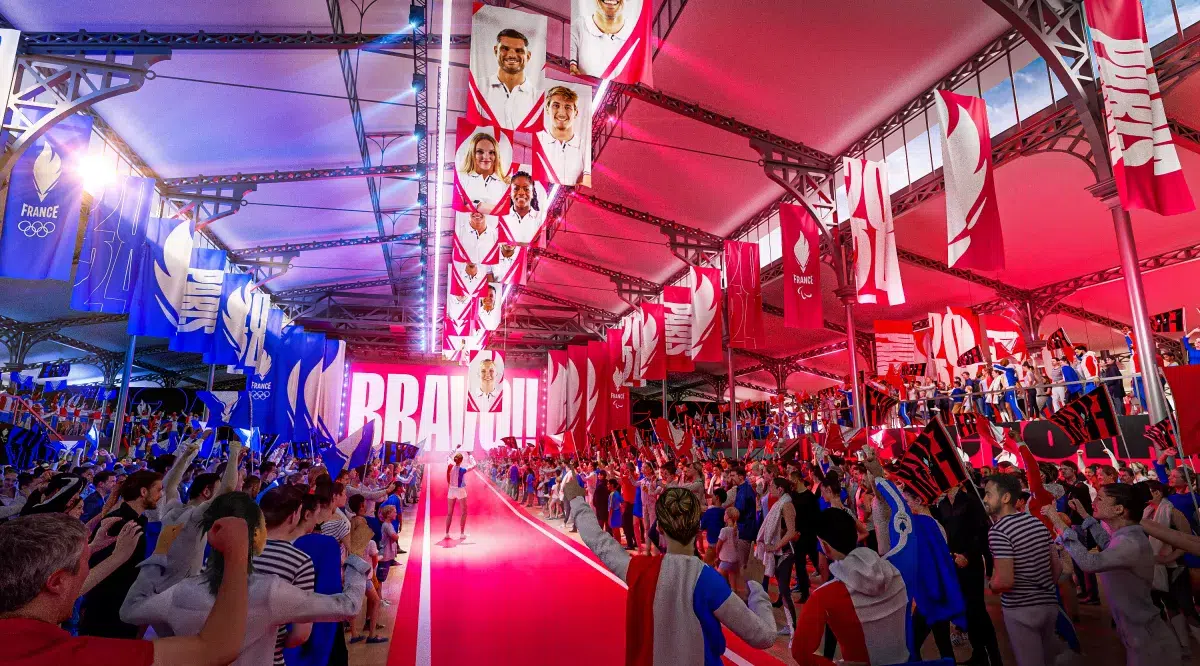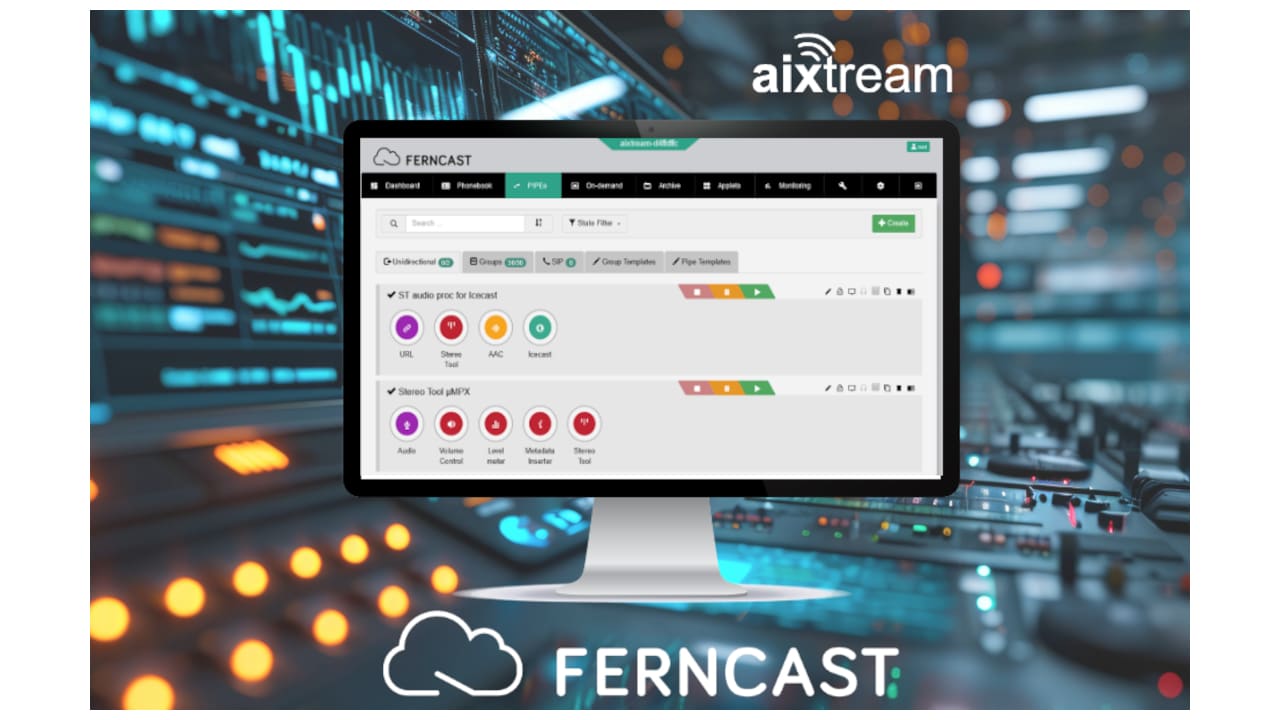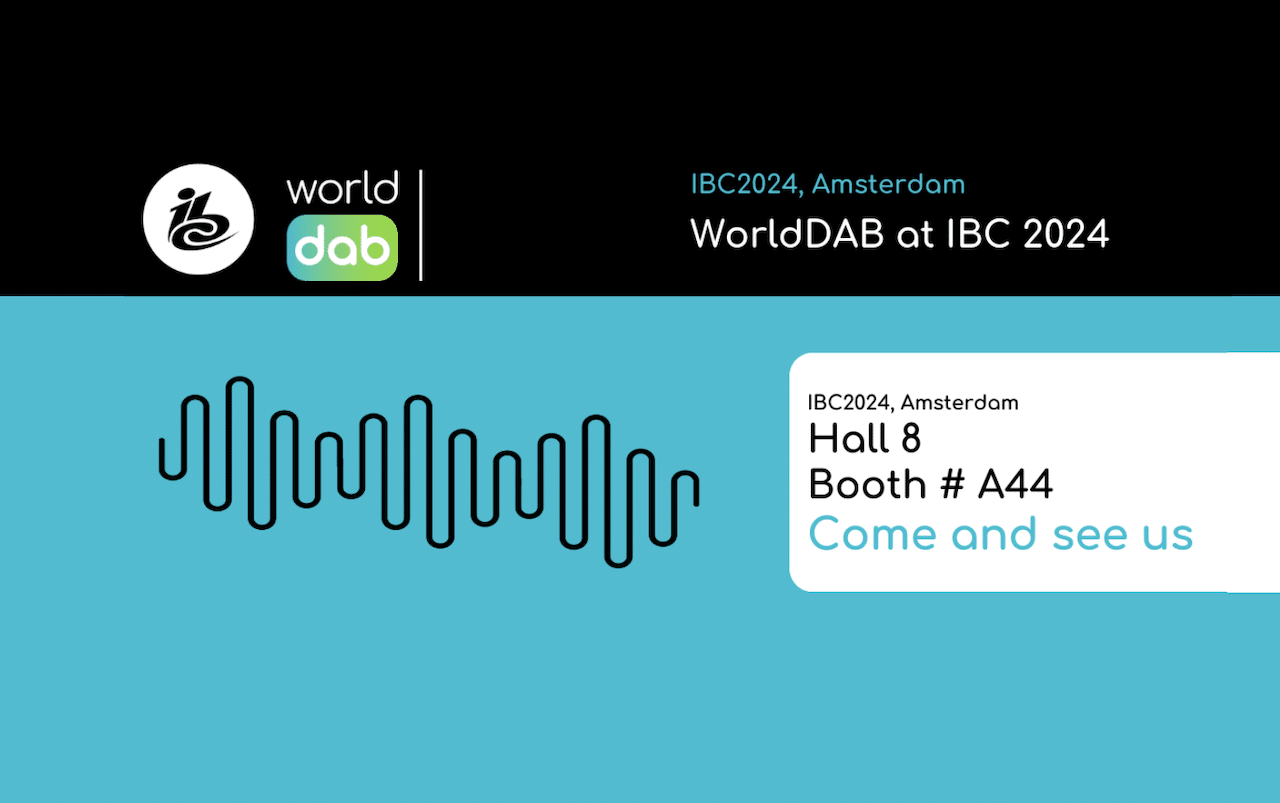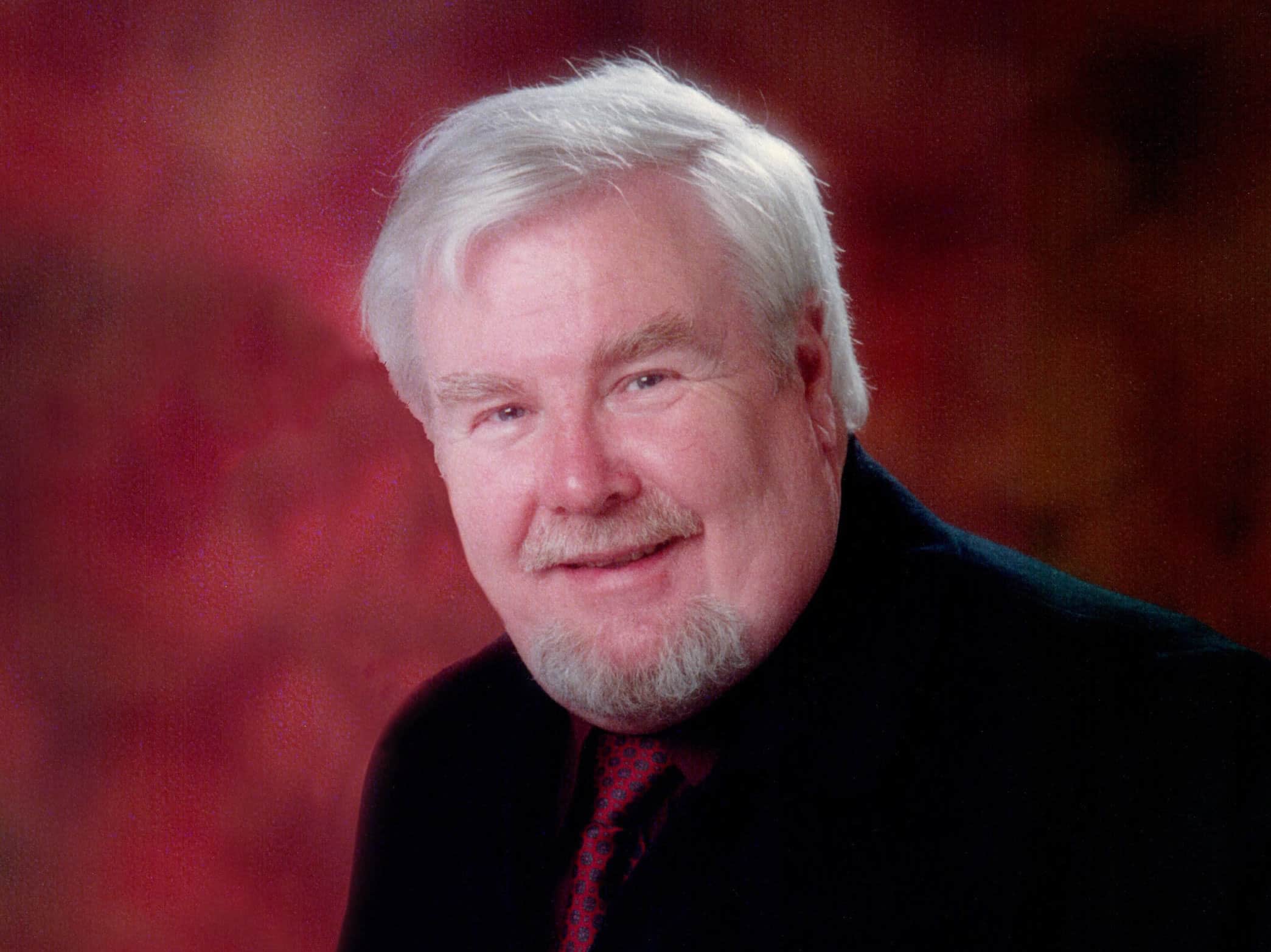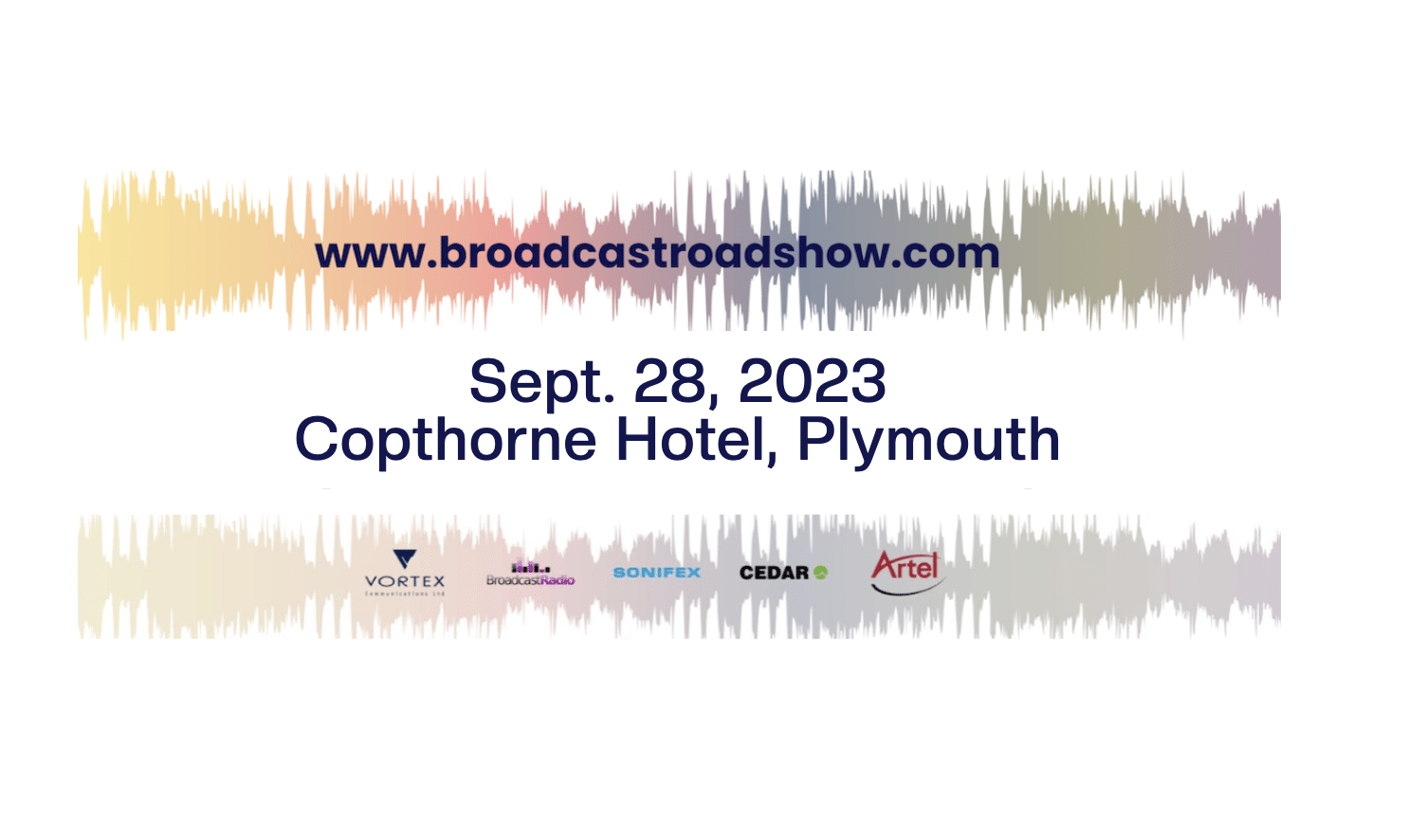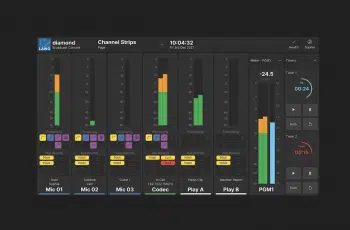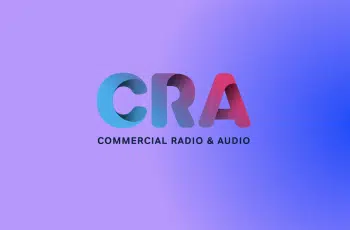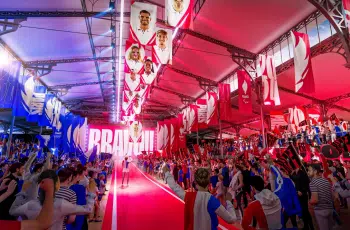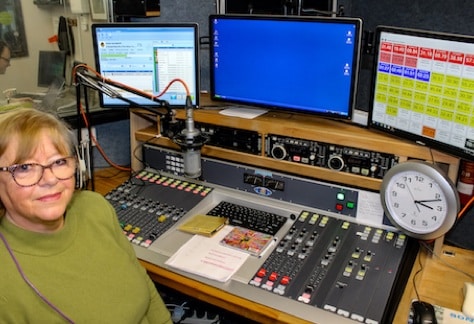
WCR Community Radio station in Warminster, United Kingdom recently modernized its radio studios.
As part of the upgrade the station incorporated two new Sonifex S2 modular broadcast mixers. Sonifex says the station’s team and Managing Director Barry Mole specified the consoles after wide consultation.
 WCR Community Radio was founded in 1996 as a hospital radio station broadcasting from a backroom at a local theater. The operation moved after West Wiltshire District Council offered it the use of some disused public toilets attached to the Warminster civic center. The community rallied to renovate the building and make it fit for purpose. This brought a new and special significance to the name ‘WCR.’
WCR Community Radio was founded in 1996 as a hospital radio station broadcasting from a backroom at a local theater. The operation moved after West Wiltshire District Council offered it the use of some disused public toilets attached to the Warminster civic center. The community rallied to renovate the building and make it fit for purpose. This brought a new and special significance to the name ‘WCR.’
The station received a full time FM license in 2012, when WCR began broadcasting to the Warminster community on 105.5FM. Its current facility, now expanded into more of the civic center, has three studios, including a production and teaching room, plus reception, kitchen, and OB kit storage. There is also a busy OB vehicle with link transmitter.
Latest Expansion
As part of the latest refurbishment, the station team decided to replace its older consoles, which had ongoing issues since they were installed seven years ago. “We had a look around for another desk,” says Mole, “And we settled on the Sonifex S2.
“After a lot of research and we had some time with a trial desk. We were blown away by the S2. We like the modularity, coupled with all the advantages of a high-tech desk and modern electronics. They are beautiful pieces of work. A few years down the line, if there’s a problem with a fader, we can easily just put a new one in and send the other for refurbishment.”
The Sonifex S2 features hot-swappable input and output modules (analogue and digital) and a wide selection of optional main surface and meterbridge-mounting modules to customize every aspect and make it bespoke for every facility.
WCR relies on around 50 volunteers to make the station run, and it’s important that the console never obstructs new talent or operators. “The versatility of it means we don’t have to have split faders on most of the fader channels. There are dual channel inputs, but there’s also this wonderful meterbridge module, the S2-M6SS 6 Way Source Select Panel, where you can have six selectable inputs to one stereo channel, or to the monitor inputs. Instead of crowding all our faders with inputs, you just select what you want, put a fader up, and there it is, which is an absolute dream.”
Staff Training
All OB inputs, feeds from the other studios, the recording computer, and the sustaining service all come through that six-way selector. The main input modules on both consoles include three S2-CML mic/line channels, an S2-CT Telco channel with EQ, two S2-CSGE stereo and gram channels with EQ, and eight S2-C2 dual stereo channels.
“We’ve got three inputs for computers,” adds Mole. “Also, one for carts and promos, two for automation playout, two for CDs, two for grams, and another one for an iPad. We’ve also got a nice wide script tray for laptops, iPads, and so on.”
As an organization, WCR does much to encourage new volunteers, and develop existing ones. This is an important part of a healthy charitable endeavor.
“All our people that present programs are self-ops. We train them and have been doing that for 20-odd years. This comprises everything from operating the desk to doing interviews, creating running orders and speech. We run a 10-week course twice a year. And there’s an introductory presenting programs for those who have done that course and join the team.
“They all get on well with the console. It’s not been a difficult transition. We’ve run 20-minute familiarization sessions and created an ‘idiot-sheet,’ which is only two pages, for quick reference. Most people have taken to it like a duck to water and they’ve all said that it’s easy to operate.”



